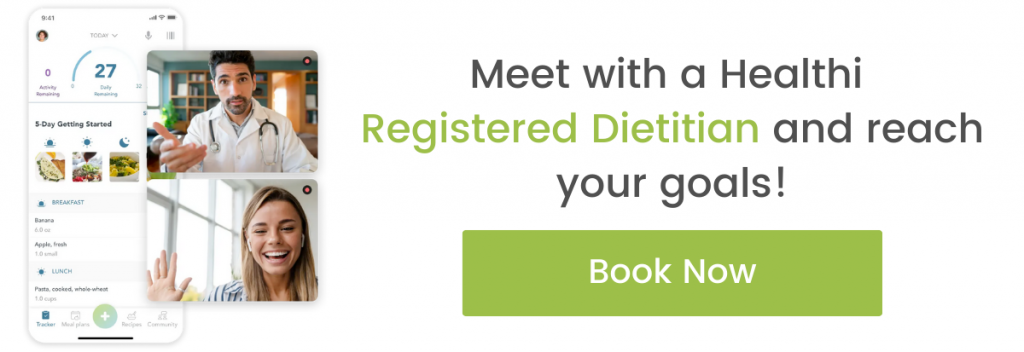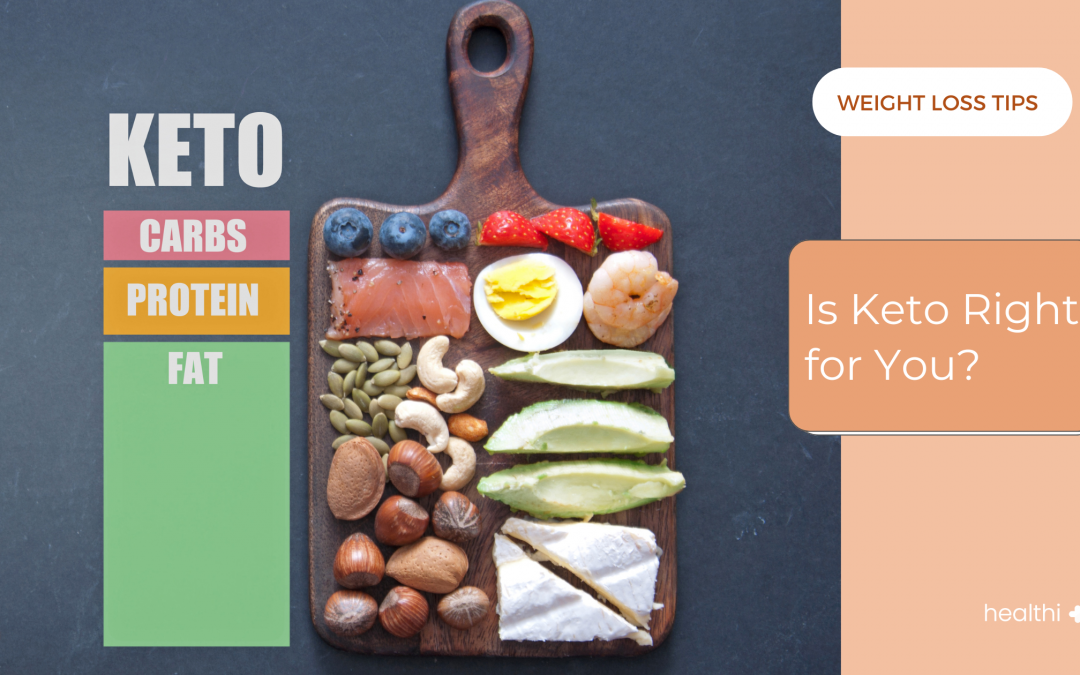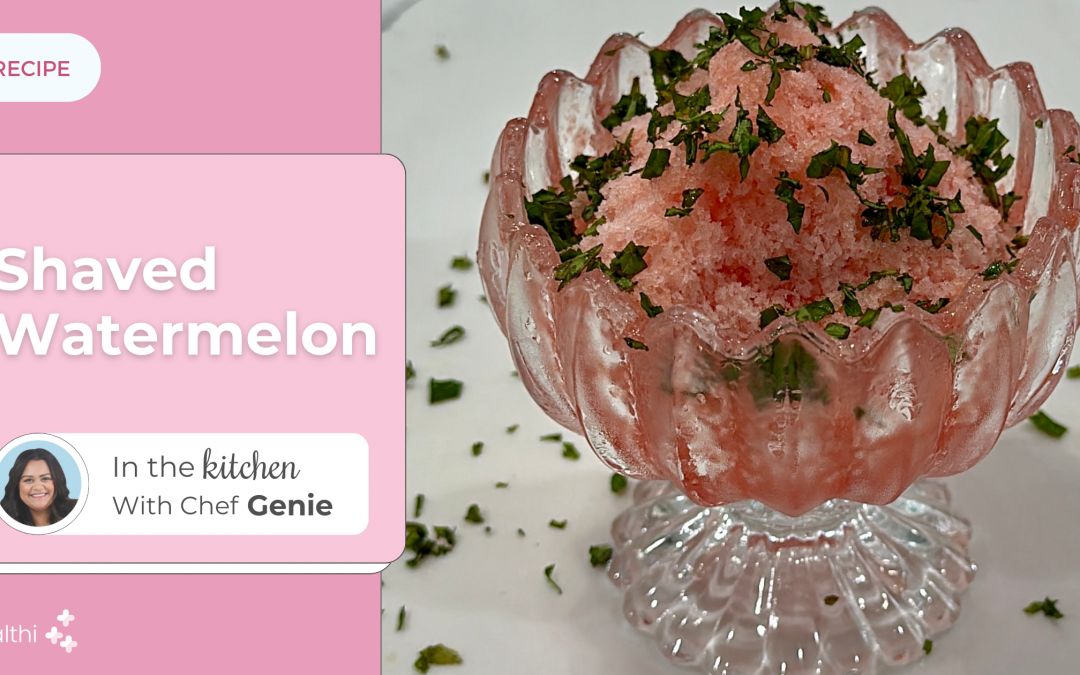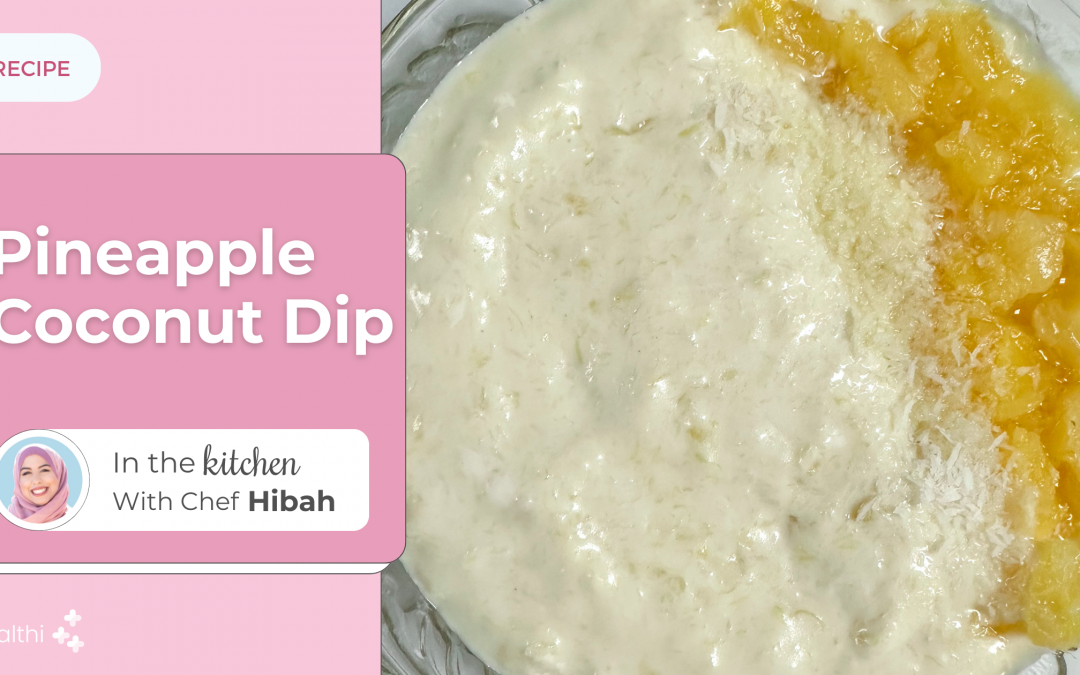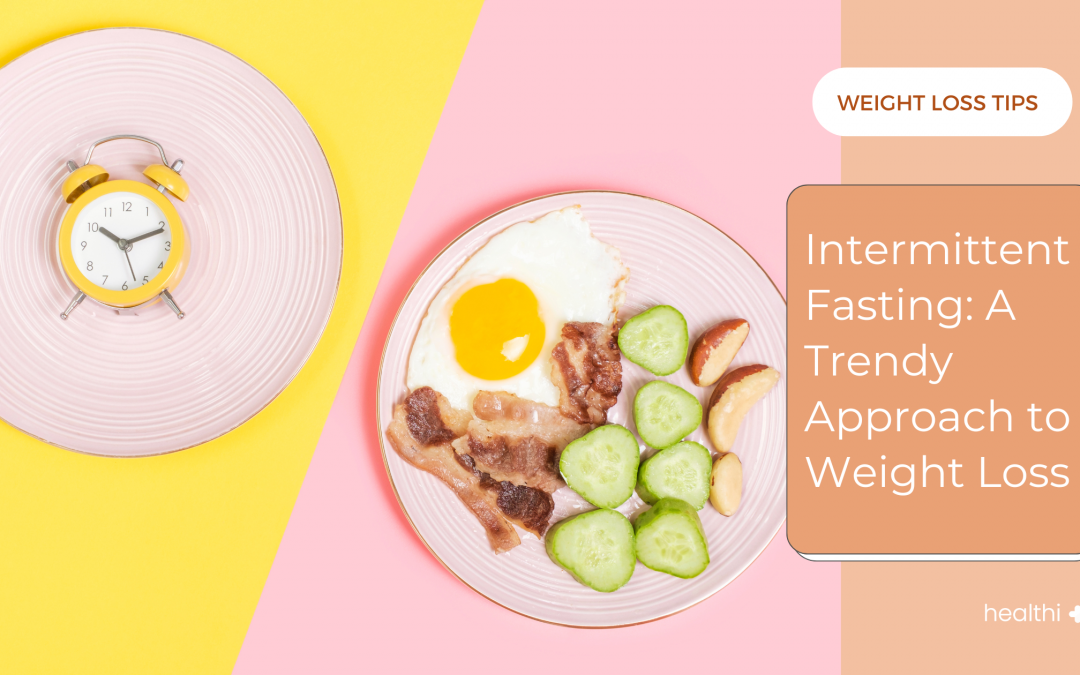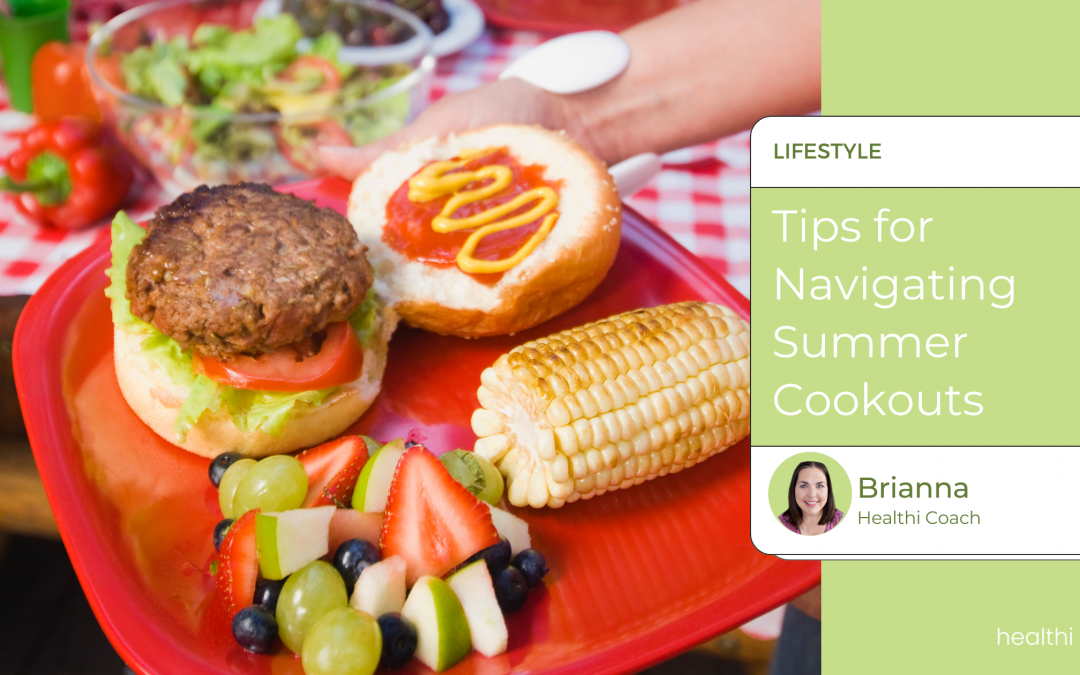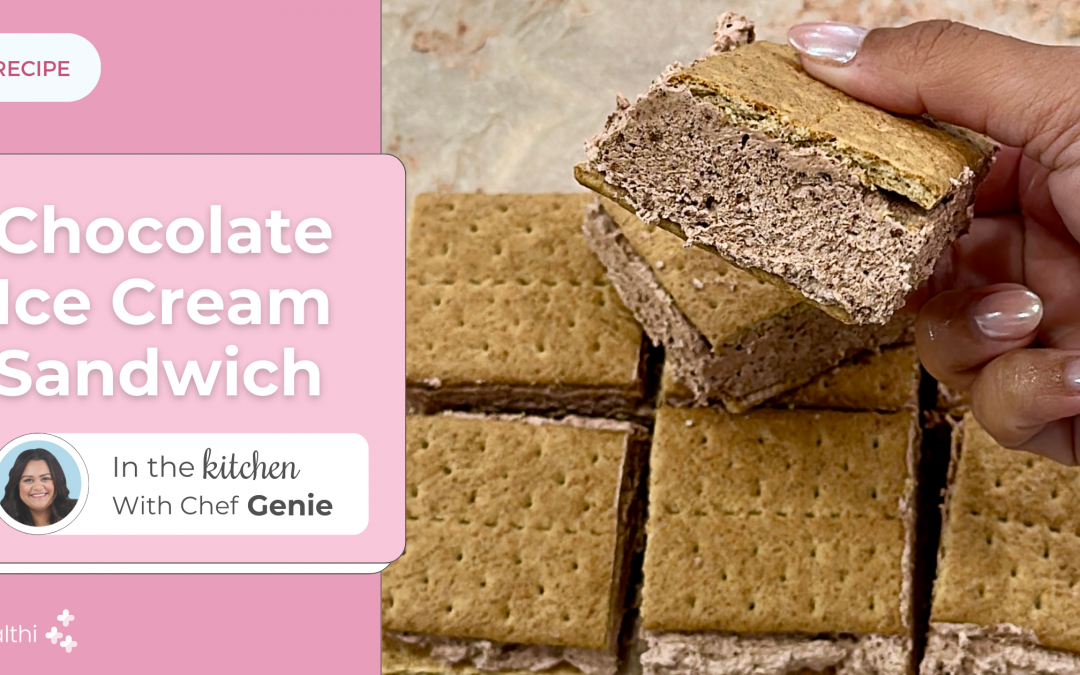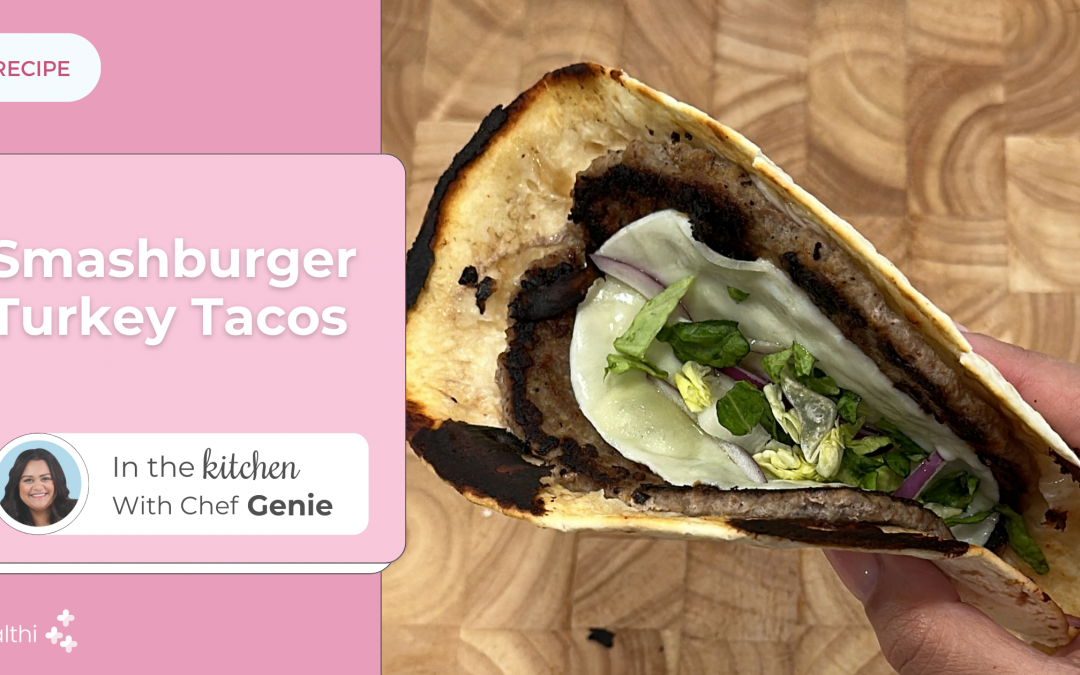Have you ever wondered what a Registered Dietitian really is? Why would you want to work with one? Well this interview is for you, we dive deep with Healthi’s Lead Registered Dietitian, Liz Tarabour. Let’s meet Liz as she answers the questions YOU want to know!





Tell us about your background:
Liz: My background has taken me on a unique journey to where I am today. After college, I pursued my passion to serve my country and to fly by joining the Air Force as an officer. It was an incredible adventure that allowed me to travel the world and develop valuable skills.
Following my time in the Air Force, I decided to explore my interest in food and nutrition. I enrolled in the San Diego Culinary Institute to learn the art of cooking. However, I felt a calling to make a difference in people’s lives.
This led me to become a Registered Dietitian, combining my love for food, nutrition, and helping others. I have gained valuable experience in various settings such as hospitals, outpatient clinics, community health facilities, and telehealth over the past five years. I hold dual master’s degrees in management and nutrition, and I am proud to have the titles of Registered Dietitian, Licensed Dietitian Nutritionist (in Louisiana), and Certified Diabetes Care and Education Specialist. I am excited to continue making a positive impact and using my expertise to improve the lives of others.
What made you decide to become a Registered Dietitian?
Liz: During my transition from the Air Force to the private sector, I had the incredible opportunity to live in Italy for two years. In the picturesque town of Marsala, Sicily, I resided in a villa surrounded by olive trees. The tranquil mornings were accompanied by the gentle sound of sheep bells as they grazed in my yard. Living in Italy allowed me to truly appreciate the joys of farm-to-table living. I would visit the local produce stands, where I could choose from a variety of freshly picked fruits and vegetables bursting with flavor. I would watch skilled butchers at the “macelleria,” and the tempting aroma of freshly baked bread from the “panetteria” would fill the air.
Living in Italy was like stepping into a storybook, and it was during that time that I realized the incredible joy of living off the land and indulging in the simplicity of fresh, nourishing foods. It was a transformative experience that set me on the path I am on today. I consider myself incredibly fortunate to be able to merge my two greatest passions in life: helping people and the world of food.
What is the difference between a Registered Dietitian and a Nutritionist?
Liz: The terms “Registered Dietitian” (RD) and “nutritionist” are often INCORRECTLY used interchangeably, but there are key distinctions between the two.
A Registered Dietitian (RD) is a regulated and trained healthcare professional who has completed specific educational and professional requirements. To become an RD, one must earn a bachelor’s degree in nutrition or a related field, complete a supervised 1,000 hour internship program, and pass a national examination. RDs are trained to provide evidence-based nutritional advice and guidance to individuals and groups.
On the other hand, the term “nutritionist” is not regulated in the United States. In some cases, individuals can refer to themselves as nutritionists without having formal education or specific qualifications. This means that the title “nutritionist” does not guarantee a standardized level of education or professional practice.
In summary, a Registered Dietitian is a regulated healthcare professional with specific education, training, and licensure requirements, whereas the term “nutritionist” does not carry any level of regulation or standardized qualifications.
What can Members expect from HealthiCare?
Liz: HealthiCare is a groundbreaking service that brings a whole new level of personalized care to your health and weight loss journey. We’ve designed this program to pair you with a dedicated Registered Dietitian, providing you with exceptional guidance at an affordable cost. For just $89.99 per month, you’ll have the opportunity to connect with your Registered Dietitian not once, but twice a month. And the support doesn’t stop there – you can also chat with your dietitian in between sessions whenever you need.
At Healthi, our mission is to help people improve their health without allowing cost to stand in the way. While private practice can charge upwards of $300 per month for this level of care, HealthiCare offers it for as little as $89.99 per month. We believe that everyone deserves access to quality care, and we’re here to make it happen.
Why would someone want to meet with a Registered Dietitian?
Liz: We all know how easy it is to get stuck in those pesky ruts, or even struggle with where to start. Whether it’s about managing our weight or tackling other challenges we need professional help and the benefits of a consultation. That’s where Healthi’s Registered Dietitians come in. Armed with a wealth of knowledge about nutrition and health, we’ve also got education and experience in human behavior and counseling, so we know how to break down those motivational barriers and provide the expert guidance one may need.
Honestly, it’s the coaching and counseling aspect that often makes the biggest impact. We’re here to be your cheerleader and your coach, helping you navigate through the ups and downs of your journey. As dietitians, we’re highly trained to guide you in taking charge of conditions like diabetes, chronic kidney disease, cancer, hypertension, and many more.
When tracking water, can one count water with flavor enhancers?
Liz: We all get bored of plain water at times. And, it’s not always desirable to stay hydrated with sugary drinks. With water enhancers, you can enjoy a more exciting taste while ensuring you get enough fluids to keep your body and mind in top shape. And here’s the best part: consider this beverage as one of your servings of water. So, you’re not only getting hydration, but you’re also satisfying your taste buds. Of course, it’s always a good idea to check out the ingredients to make sure there’s nothing you’d prefer to avoid. So, go ahead and spruce up your water with these flavor enhancers for a refreshing twist!
What are the best ways to add more quality protein to a diet?
Liz: Boosting your protein intake is a fantastic goal, and here’s my simple 1-2-3 guide to help you do just that:
- Prioritize Lean Animal Proteins: Make lean protein sources like chicken breasts, turkey, fish, and lean red meat the stars of your meals. These options are packed with protein and low in saturated fats, making them a healthy choice for satisfying your protein needs.
- Protein-Rich Snacks: Snack smart by incorporating protein-rich foods like Greek yogurt, nuts, and seeds into your routine. They are not only convenient and nutritious but also incredibly versatile. Sprinkle some nuts and seeds on your salad for a satisfying crunch or add an egg to your rice bowl for an extra protein boost. And don’t forget about the wonders of Greek yogurt—it can replace milk, cream, and even oils in many recipes.
- Embrace Plant-Based Protein Sources: Beans and tofu are champions in the plant-based protein game. Incorporate beans and rice into your dishes to create flavorful and protein-packed meals. Just think of all the delicious Mexican, Latin, and South American dishes that showcase the power of beans and rice.
By following these three steps, you’ll be well on your way to increasing your protein intake and enjoying a variety of tasty and nutritious meals.
What are the best foods for inflammation?
Liz: Fighting inflammation is a struggle for many, and the good news is that we can use food to help us. Check out these active choices known for their anti-inflammatory properties:
- Dive into Fatty Fish: Rejoice, sushi lovers! Salmon, tuna, mackerel, and sardines are rich in omega-3 fatty acids and vitamin D, which reduce inflammation. Make it a goal to consume fish at least twice a week. Not a fan of fish? Consider fish oil supplements as an alternative.
- Embrace Nuts and Berries: Snack your way to less inflammation! Nuts and berries are packed with antioxidants and compounds that combat inflammation. Sprinkle them onto salads, oatmeal, or yogurt for a delicious and anti-inflammatory boost.
- Power Up with Dark Leafy Greens: Spinach, kale, broccoli, and collard greens are rich in vitamins E and C. Vitamin E protects the body against pro-inflammatory molecules. Add these greens to salads, stir-fries, or sautés for a healthy dose of anti-inflammatory goodness.
- Harness the Power of Olive Oil: Opt for extra virgin olive oil, which contains heart-healthy fats and anti-inflammatory properties comparable to NSAIDs like Motrin and aspirin. Use it as your go-to cooking oil or drizzle it over salads and vegetables for added flavor and health benefits.
- Spice it up with Garlic and Onions: Boost your immune system and combat inflammation with these flavorful ingredients. Garlic and onions contain anti-inflammatory chemicals that have shown relief for certain types of arthritic pain. Get creative and add them to your favorite dishes.
- Sip on Green Tea: This antioxidant-rich beverage fights inflammation and has been associated with reduced arthritis symptoms. Enjoy green tea hot or cold as a refreshing and anti-inflammatory alternative to sugary drinks.
What’s the difference between good fats and bad fats?
Liz: I believe it’s important to move away from labeling foods as “good” or “bad” and instead focus on understanding the different types of fats and how they affect our bodies. Our bodies process fats differently, and moderation is key to maintaining a healthy balance.
Let’s start by considering plant-based fats, including fish-based fats. These fats have positive effects on the body. Foods such as avocados, olive oil, nuts, and fish provide beneficial fats that support heart health and overall well-being.
On the other hand, it’s important to be mindful of animal and dairy-based fats, which often contain saturated and trans fats. These fats should be consumed in moderation or avoided altogether. Examples of foods high in saturated and trans fats include fatty meats, butter, full-fat dairy products, fried foods, and processed snacks.
Are carbs bad for you?
Liz: Not all carbs are created equal. And not all carbs are bad for you. So let’s group them into the two main types:
- Simple carbs cause rapid spikes in blood sugar levels and may contribute to health issues when consumed in excess. Think sugary treats, refined grains and fast foods. It’s best to limit these because they don’t offer much nutrition and can lead to weight gain which contributes to developing chronic conditions like diabetes.
- On the other hand, complex carbs are packed with nutrients, fiber, and give you a slower release of energy. Found in whole grains, legumes, fruits, and veggies, These are the healthier carbs you want to eat more of.
The key to incorporating carbs into your diet is making smart decision by focusing on quality. Opt for whole, unprocessed foods and choose complete carbs over refined sugary options.
How can one get their family to eat more vegetables?
Liz: Let’s dive into two fun and opposite approaches when it comes to encouraging yourself and your family to eat more fruits and vegetables:
- Make it visible:
- Keep a colorful fruit and vegetable basket on your kitchen counter or prepare a container filled with cut-up fruit in the fridge. When they’re easily accessible and within sight, you’re more likely to choose them as a snack or incorporate them into meals.
- Involve the whole family in cooking. When everyone participates in meal preparation, including chopping vegetables or assembling salads, they become more invested in the process and are more likely to enjoy the final dish.
- Hide and Disguise it:
- Blend fruits and vegetables into delicious smoothies. Sneak in some leafy greens or other veggies alongside the fruits for added nutrition. It’s a fantastic way to enjoy a frosty treat while getting your dose of vitamins and minerals.
- Disguise vegetables in your meals. For example, mash cauliflower into your mashed potatoes for a lighter and more nutritious version, or puree vegetables and add them to soups and pasta sauces. This way, you can add extra nutrients without compromising on flavor.




